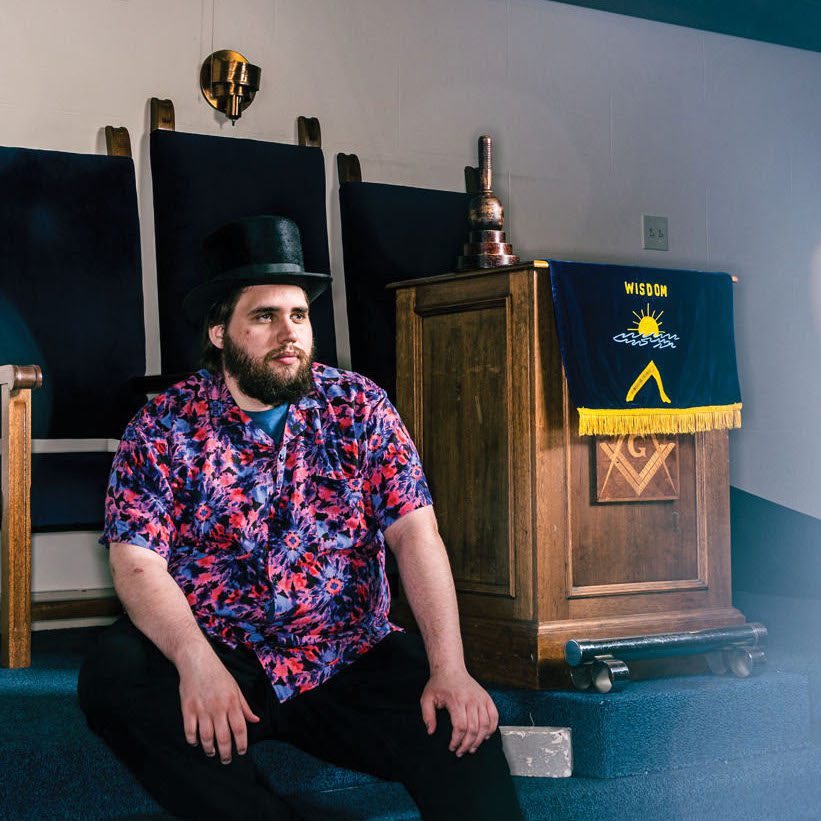
At the Masonic Lodge, Gen Z Is in Charge Now
A new, younger generation of Masons is increasingly rising through the leadership ranks of the fraternity.
By Ian A. Stewart
Shinji Hara isn’t afraid to follow his curiosity, even when it takes him in unexpected directions. So it was that, just a few years after arriving in Southern California from Gifu, Japan, he found himself visiting Anaheim № 207, despite knowing little about Masonic lodges and speaking very little English. The same spirit of inquiry also led him to his life’s work. Hara, 52, is one of the most celebrated airbrush artists in Southern California, where his lowrider designs have won numerous awards. California Freemason spoke with Hara (through interpreter Masato Francis Taguchi, of Culver City-Foshay № 467) about his twin passions, and about what it’s like being the greatest Masonic lowrider artist around.
California Freemason: The low-rider style of your artwork is strongly associated with Chicano culture in California. How did you get immersed in that world and become a Masonic lowrider artist?
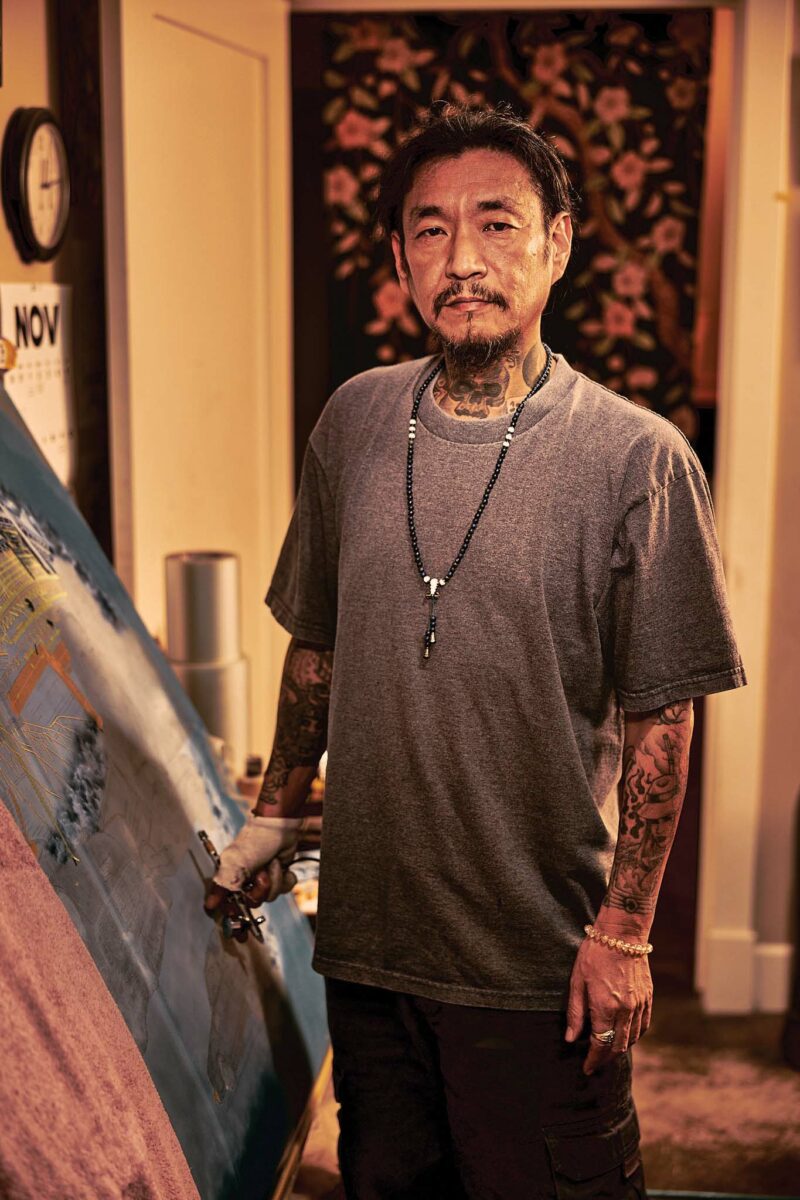
Shinji Hara: About 30 years ago, my childhood friend got a lowrider in Japan. I’ve always liked the sound of old American V8 engines, and I was fascinated by lowriders and airbrush murals. After that, I got a 1970 Lincoln MK-3 and eventually my hobby developed into a job. In order to earn a living as a painter, I needed to become familiar with Chicano art and learn about the Maya and Aztec civilizations, mythology, and their characters. I feel like this is where my thirst for knowledge began.
CFM: How did you get interested in the fraternity?
SH: Seven years ago, a customer asked me to paint a mural based on the Sistine Chapel on a 1964 Chevrolet. In researching other religious paintings, I noticed many hidden symbols. This sparked my interest in symbolism and sacred geometry, and I began researching Freemasonry.
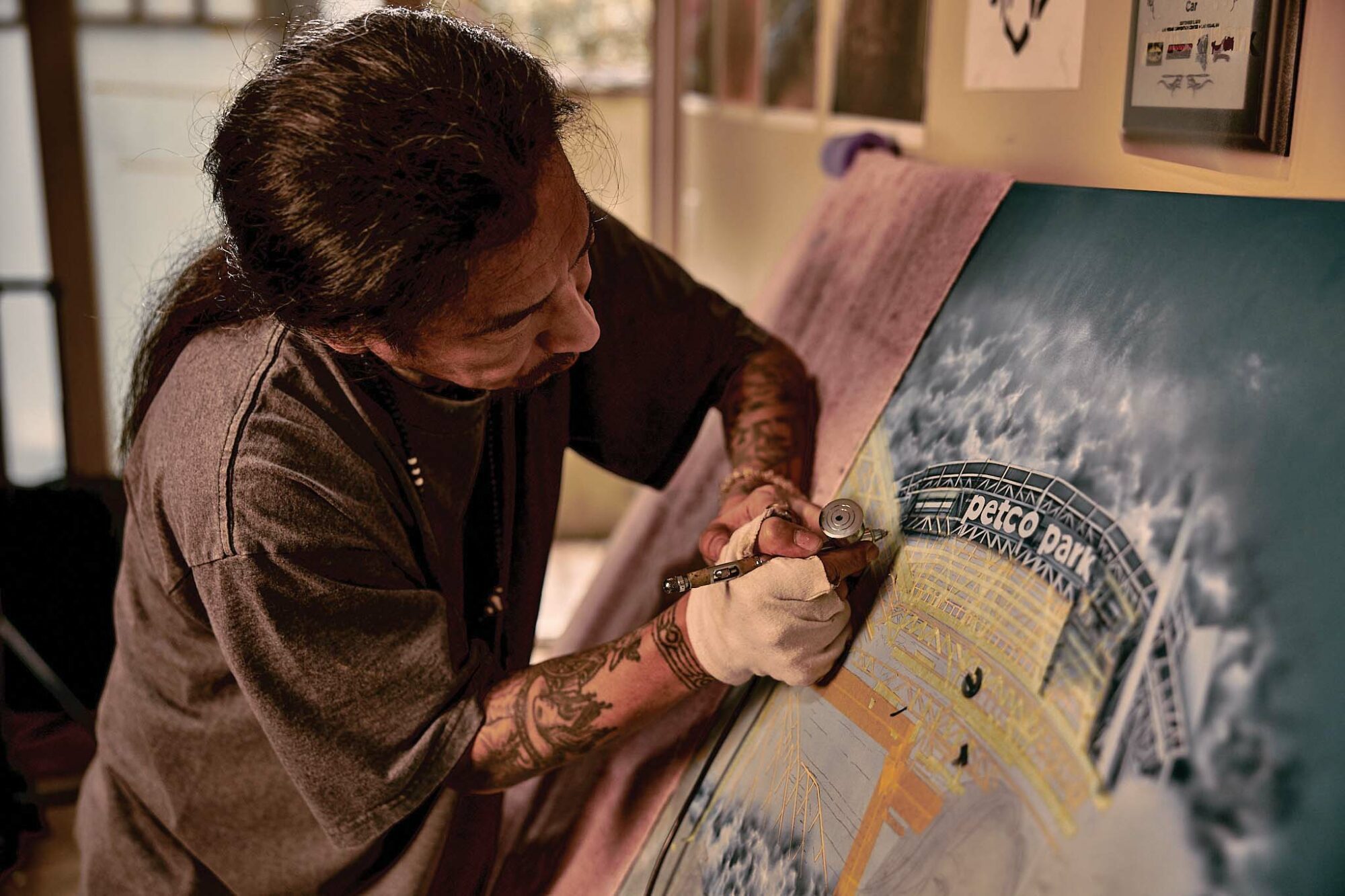
CFM: What was it like to memorize the degree work in English, your second language?
SH: When I got my degree, English was hardly a second language! Still, I was intrigued by the art and culture. One day, my brother Francis reached out to me when he heard I needed help in order to move forward with the degrees. I will never forget that. I am truly grateful for my new friends and brothers. I guess you could say Freemasonry is now my native language.
CFM: Have you been able to bring your talents to your lodge?
SH: Two years ago, I designed a medal for our lodge’s 150th anniversary. Currently, I am drawing illustrations for T-shirts and pins. My power is by no means strong, but if I have the opportunity, I would like to continue to contribute to the lodge and my brothers with these kinds of design.
VIDEO BY:
JR Sheetz
Moonbeam Studios
PHOTOGRAPHY BY:
Moonbeam Studios

A new, younger generation of Masons is increasingly rising through the leadership ranks of the fraternity.
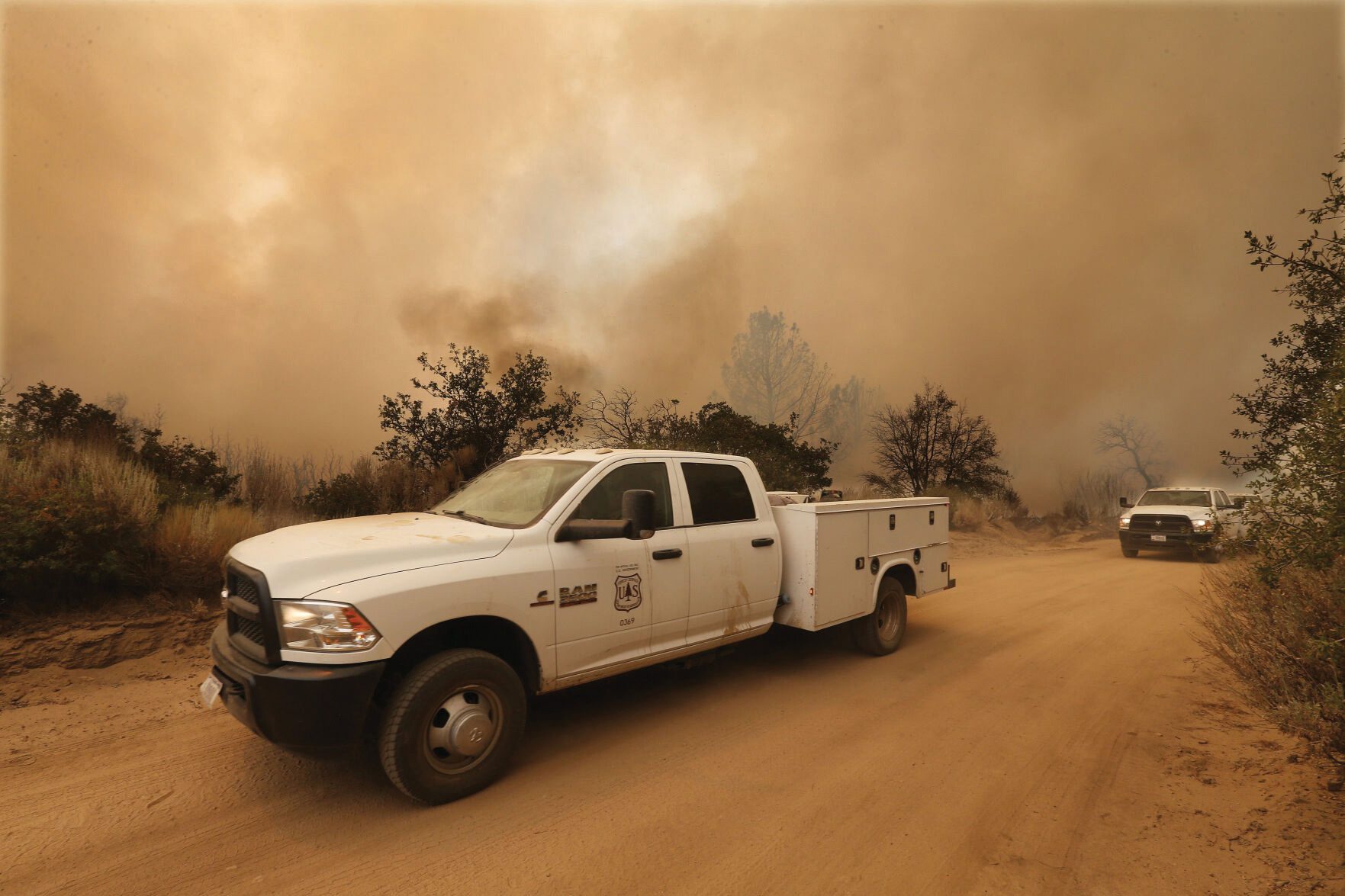
When fire threatened their community, members of Kern River Valley No. 827 turned to their greatest asset to provide Masonic relief.
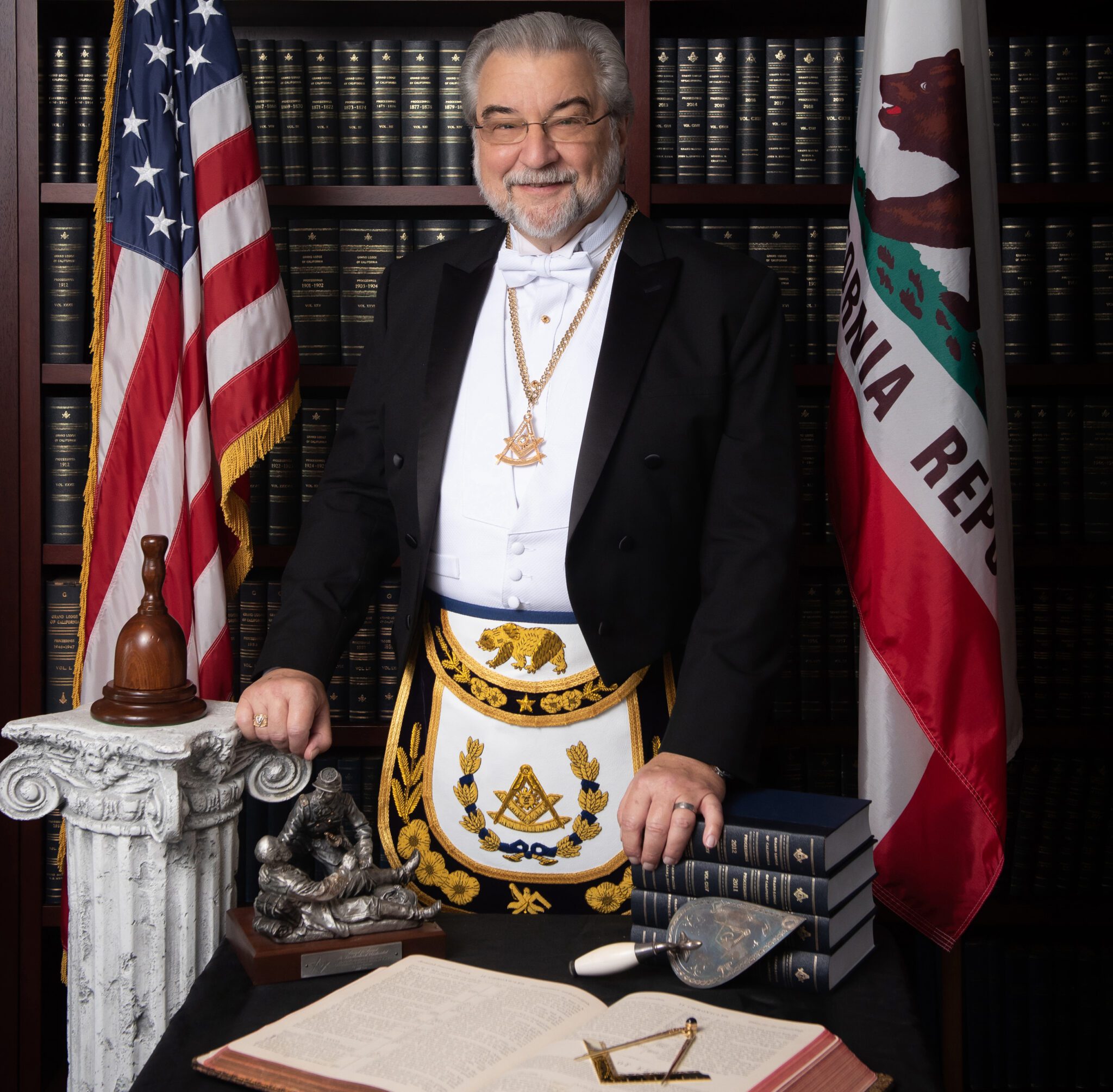
Grand Master Randy Brill explains what small-town Masonry can teach us all.